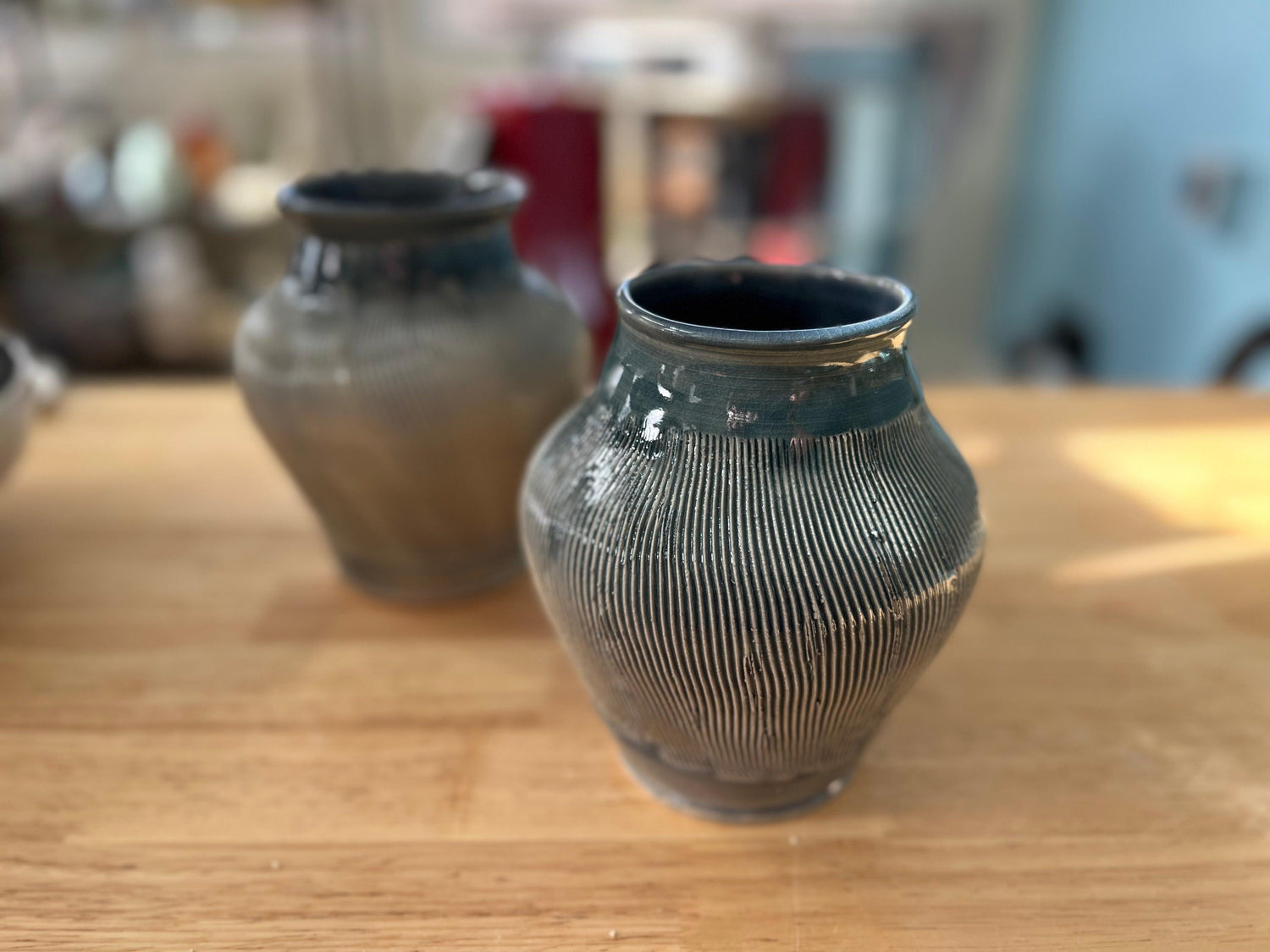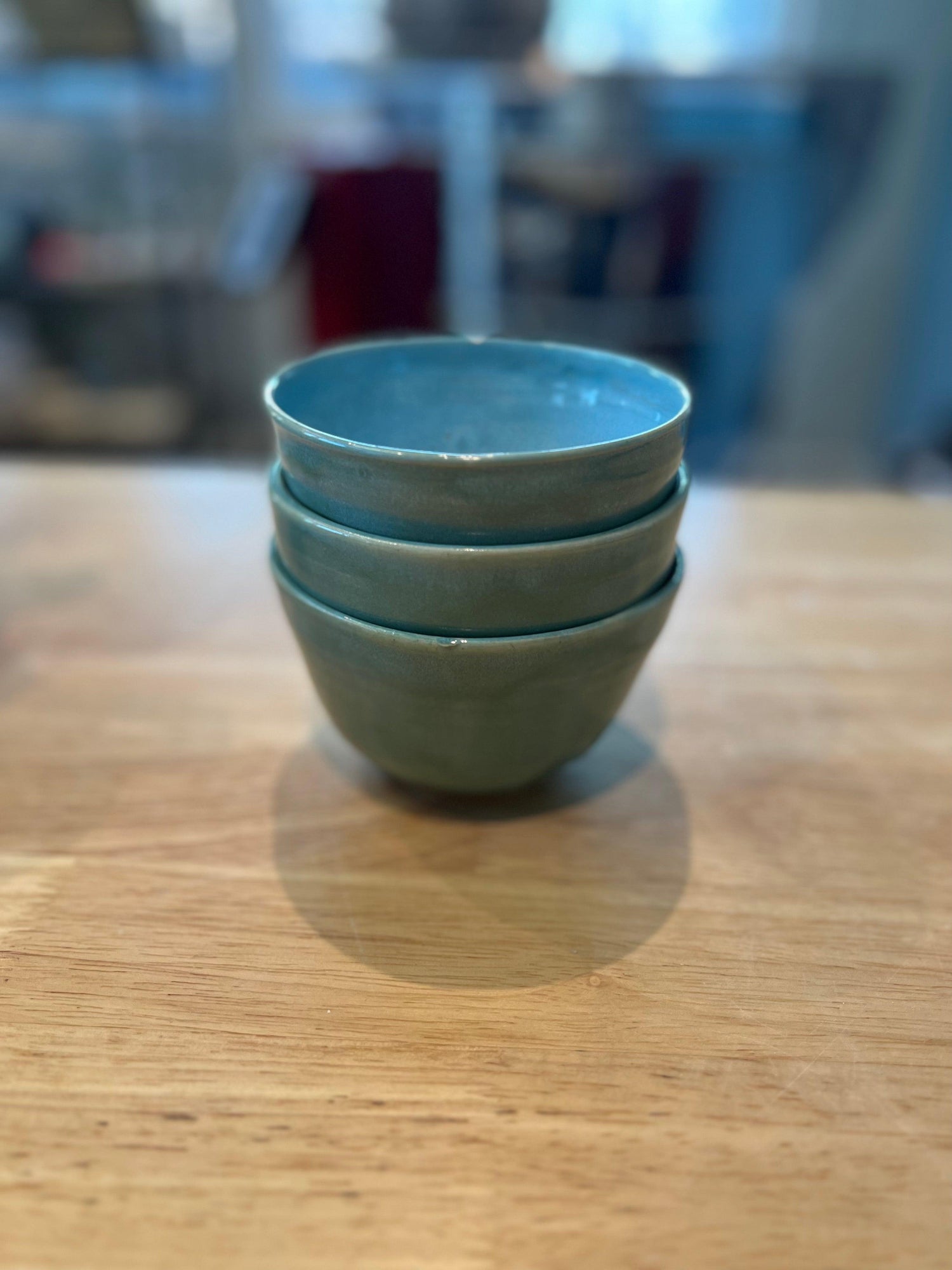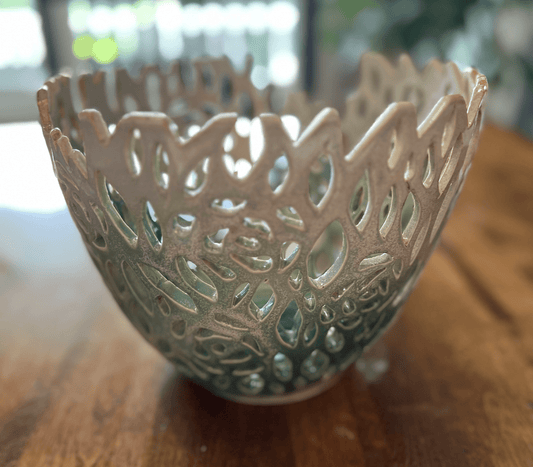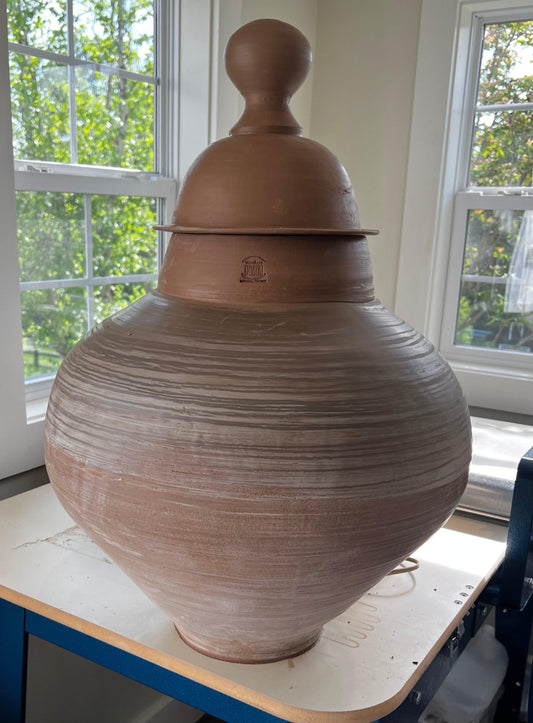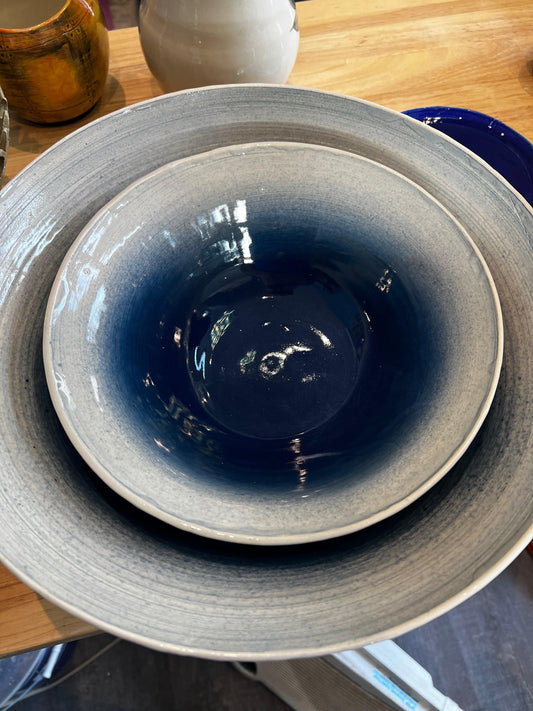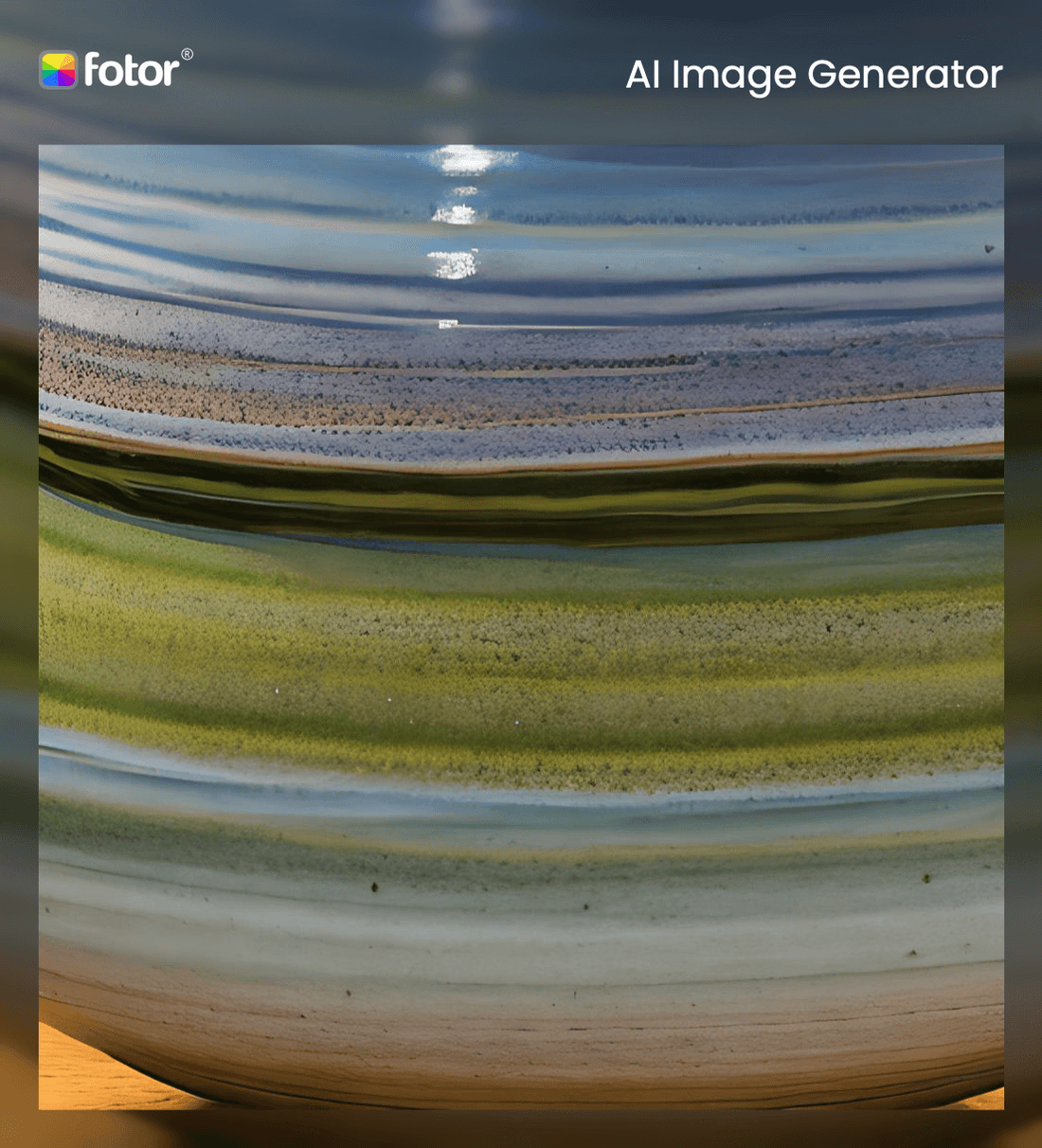
How to Create Beautiful Glaze Effects
Creating the perfect glaze for your pottery is an art form that takes time and practice to master. When it comes to Glazing there are a number of methods and tools that you can use to help create the effect you want. You can also retire your pottery multiple times if you're not happy with the first set of glazes. This can be handy if you see problems with your glaze application. I'll try and cover Glaze application in another blog some time. Here are some tips for achieving beautiful and unique glaze effects:
-
Experiment with different glaze recipes: Every glaze recipe is unique, so it's important to find the one that works best for your particular project. Start with basic recipes and then experiment with different ratios of ingredients to see what effects they create.
-
Layer different glazes: Layering different glazes on top of each other can create a variety of effects. For example, layering a transparent glaze over a colored glaze can create a multicolored effect. You can also layer glazes of different thicknesses to create texture and depth.
-
Use additives: Additives like mason stains, oxides and powders can be mixed into glazes to create a wide range of colors and effects. Experiment with different additives to see what effects they create.
-
Try different application techniques: There are many techniques for applying glaze to pottery, including dipping, pouring, brushing and sponging. Each technique produces a different effect, so try out a few to see which one works best for your pottery.
-
Experiment with different firing temperatures: The firing temperature of a glaze greatly affects its final appearance. Higher firing temperatures can result in brighter colors and a glossier finish, while lower temperatures can result in more muted colors and a matte finish.
-
Use resists: Resists are materials that can be applied to pottery to prevent glaze from adhering to certain areas. This can be used to create intricate designs and patterns on your pottery. Try using different resists such as wax, tape and stencils to see what effects they create.
Remember that creating beautiful glaze effects is all about experimentation and practice. Glazing is half science and half luck the key thing is to take notes so that you can try and reproduce your application again and again. Don't be afraid to make mistakes, embrace them as opportunities to learn and improve. Happy glazing!

